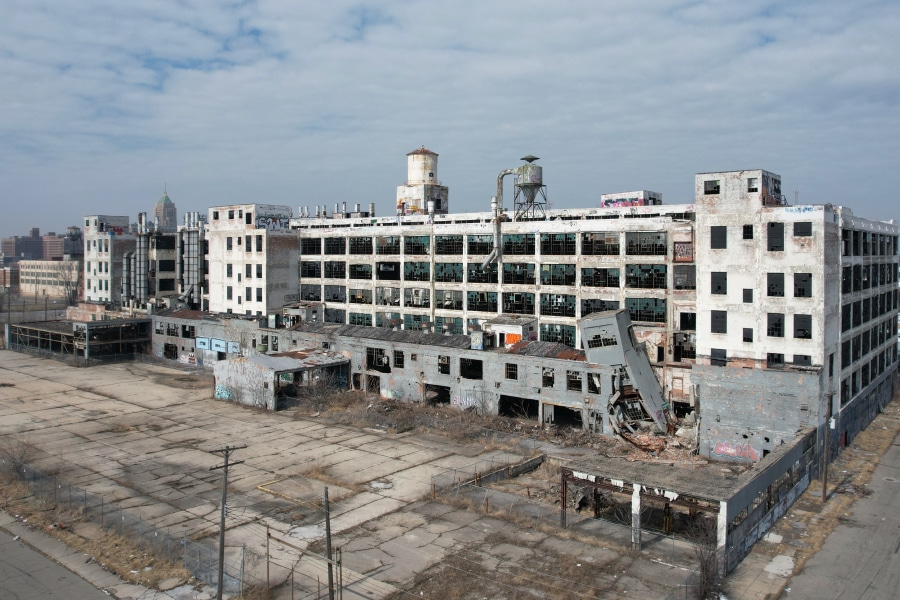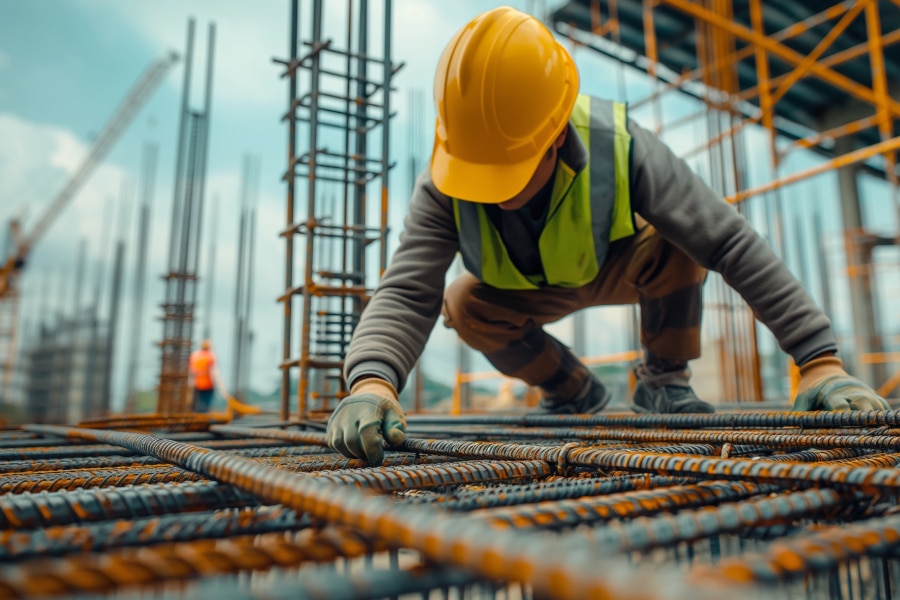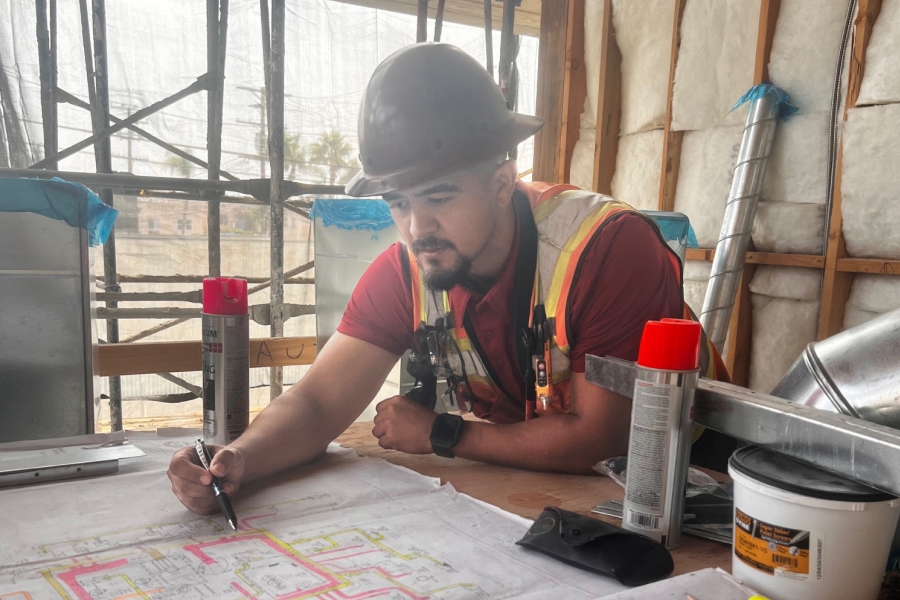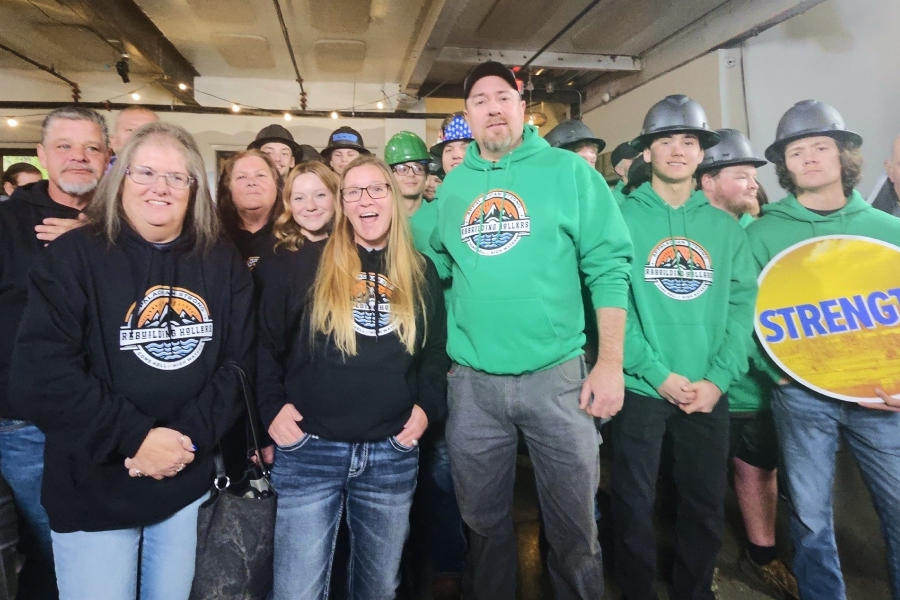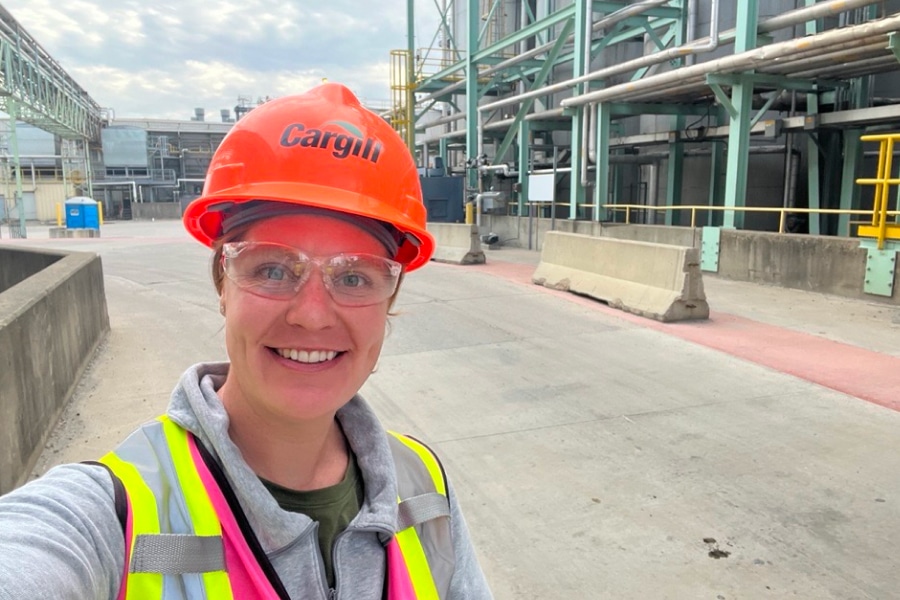Nailhed, a website dedicated to exploring abandoned and decrepit buildings, once described Fisher Body Plant 21 as “one of the coolest hangouts on the Detroit ruin porn circuit.” Trespassers gain a firsthand view of the factory’s decay but also of the city’s manufacturing past in a structure included in the Piquette Avenue Industrial Historic District. Since 2004, this hub for automobile body production in the early to mid-20th century has been on the National Register of Historic Places.
Now, Fisher Body 21 is taking on new life. The plant often described as “blighted” and “eyesore” is the focus of a $134 million redevelopment to create the multi-use Fisher 21 Lofts, combining mixed-income apartments with retail and co-working space.
The development team sees the project as a way to transform an emblem of Detroit’s decline—located at the can’t-miss intersection of Interstates 75 and 94—into a symbol of the city’s revitalization. The metamorphosis of the 600,000-square-foot plant fell to McIntosh Poris, an architectural firm with a long history in Detroit and a wealth of experience in adaptive reuse.
Pursuing place-saving as well as place-making
Finding new purpose for Detroit’s old structures has been on McIntosh Poris’ radar for more than 30 years. Although rebuilding the city has moved slowly, the firm has completed several notable projects, including recasting a 1925 bank building into the techno nightclub Panacea and the Detroit Fire Department headquarters into the boutique Detroit Foundation Hotel.
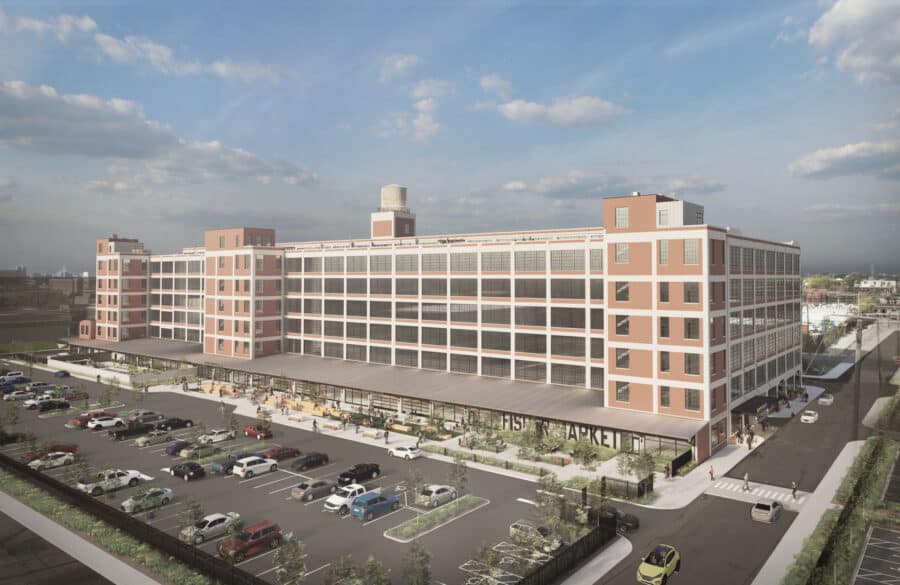
“We work to keep these buildings intact and delay the wrecking ball as much as we can,” said John Skok, principal at McIntosh Poris. But he cautions against starting adaptive reuse with a rigid idea. “You have to do the due diligence to analyze the building’s condition, place and context before you impose a new use on it. We also engage in a community benefit interaction with the city’s planning department to ensure a project will be a catalyst for development in the neighborhood.”
From custom-crafted to steel-stamped
A look back at the plant’s history shows it was one of the first poured concrete structures in Detroit, with walls of windows that brought natural light to deep recesses. Soon after its 1919 completion, the auto industry shifted from using wooden bodies meticulously assembled by skilled carpenters to steel bodies stamped out by unskilled laborers working a hydraulic press.
During the Great Depression, the plant served as a soup kitchen and homeless shelter, then retooled to build artillery and airplane components for World War II. From 1956 until General Motors closed the factory in 1984, the plant produced Cadillac limousine bodies. After a few paint companies used the structure, it sat empty for decades.
The façade crumbled, vagrants broke out windows and a fire partially collapsed an elevator shaft. Although numerous potential developers considered the building for everything from a manufacturing facility to a nightclub, it took a perfect storm of city, community, developers and architects to find a reason for the structure’s existence that would pencil out. The financing relies, in part, on historic tax credits that require Fisher 21 Lofts to retain the building’s original character.
Slicing up a 3D grid to add a fourth dimension
The redevelopment started with structural testing and environmental reviews—along with remediation to remove lead and asbestos—to ensure the plant can be safely converted into housing. When this phase is finished, the team will have an open canvas in three dimensions, with huge concrete slabs, ceilings and columns creating a rigorous geometry. But a fourth dimension comes into play as well.
“In multifamily, you really can’t have long, deep units, so a key was bringing light and air into the building,” Skok said. That led to the decision to insert three atriums to break the massive floorplates into more accessible pieces. Cutting holes in the building required permission from the historic district and National Park Service, but fortunately, there was precedent in other projects that used historic tax credits to finance an adaptive reuse project.
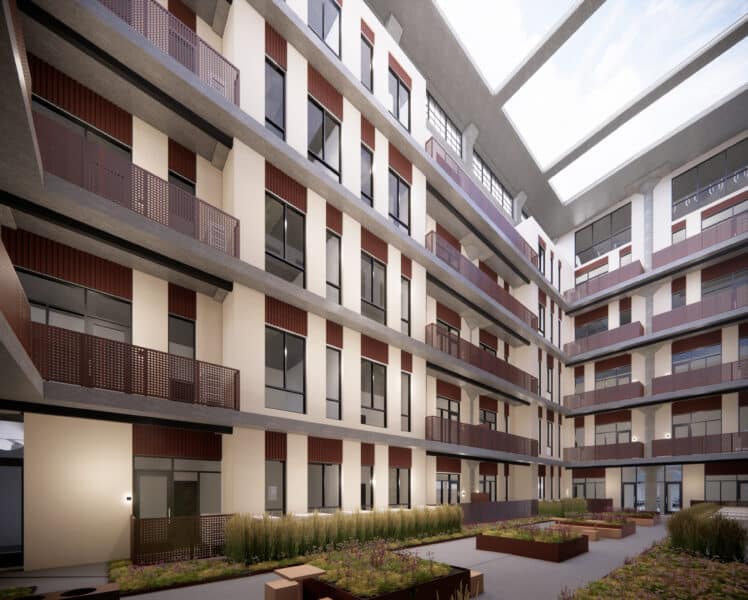
Design that improves lives
In 2015, Detroit was named the first North American City of Design by the United Nations Educational, Scientific and Cultural Organization, making it one of more than 40 cities worldwide recognized for using design to improve the lives of everyday people. That includes ensuring a more equitable and sustainable future for residents.
Fisher 21 Lofts reflects these goals. For example, 20% of the units will be offered to income-eligible residents at below-market rates. And adaptive reuse is inherently sustainable given the carbon embodied in the original structure. Revitalizing the Fisher Body Plant represents an enormous reduction in emissions compared with constructing a new building of the same size.
In addition, the project achieves a long-held idea of what historically and culturally sensitive restoration in the city should be. Back in 1995, Michael Poris and then-Mayor Dennis Archer met to discuss downtown development strategies. Their second agenda item described “an environment that tells not only where Detroit is going, but where it has been, and why this is important to who we are today.” Fisher 21 Lofts is the embodiment of that vision.

